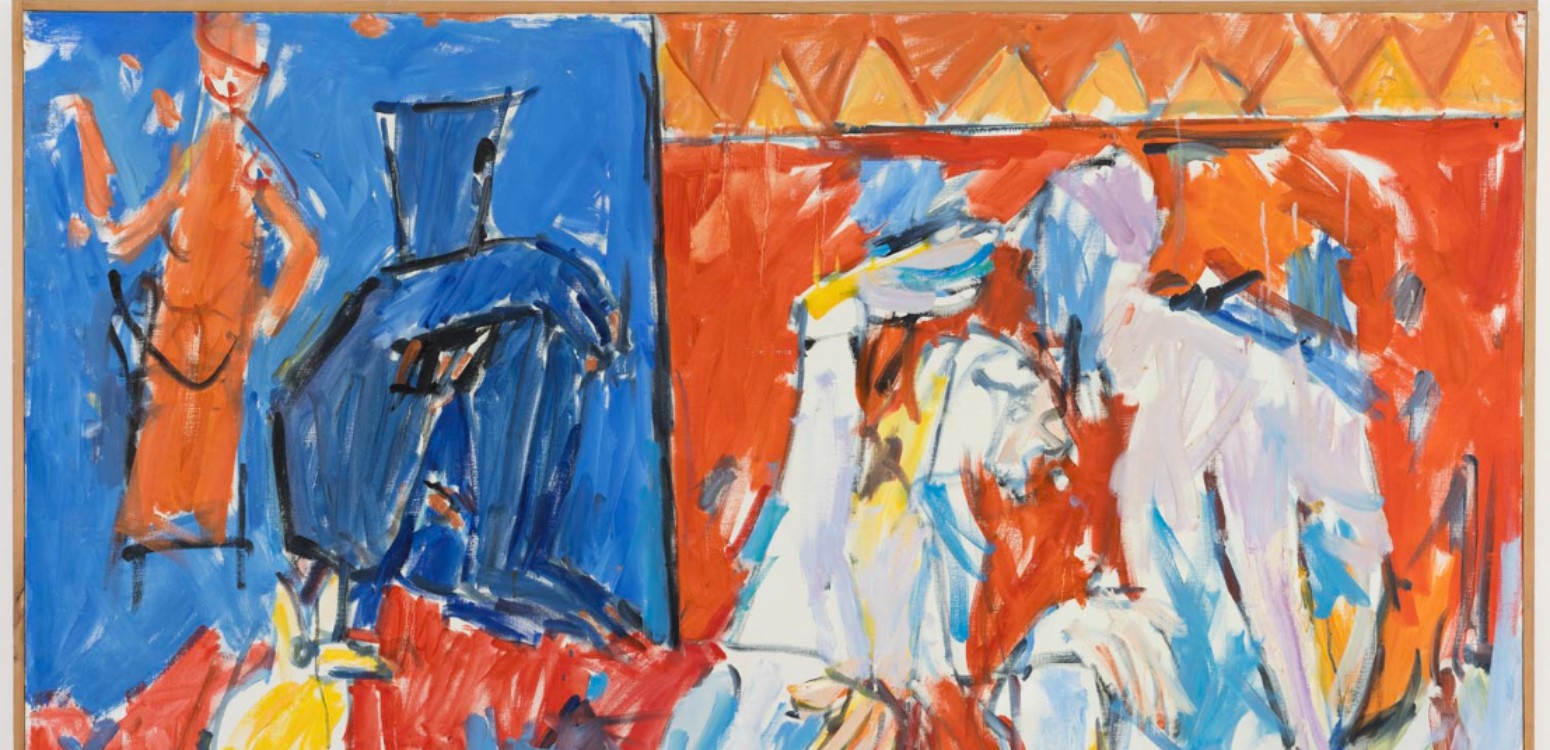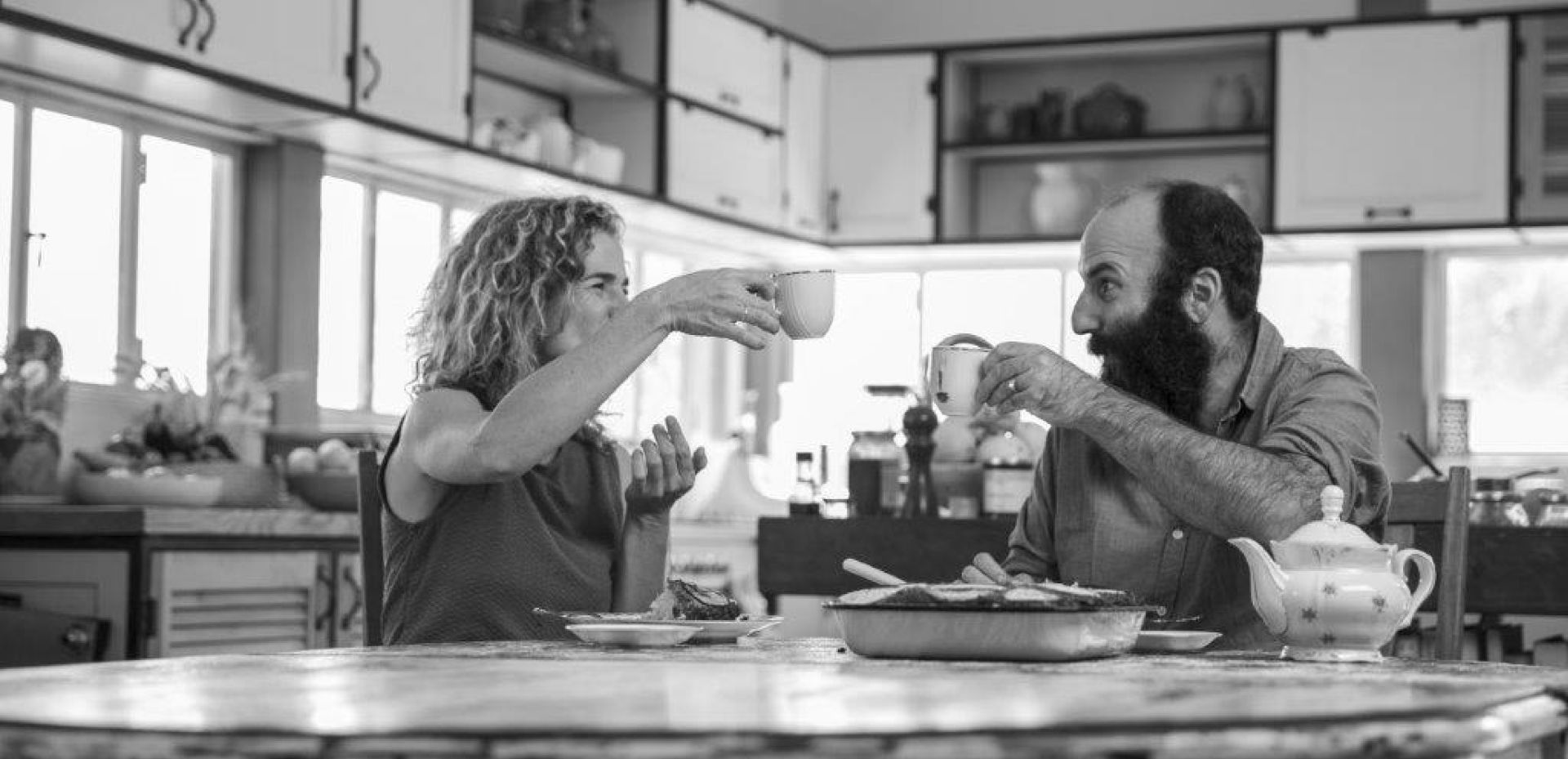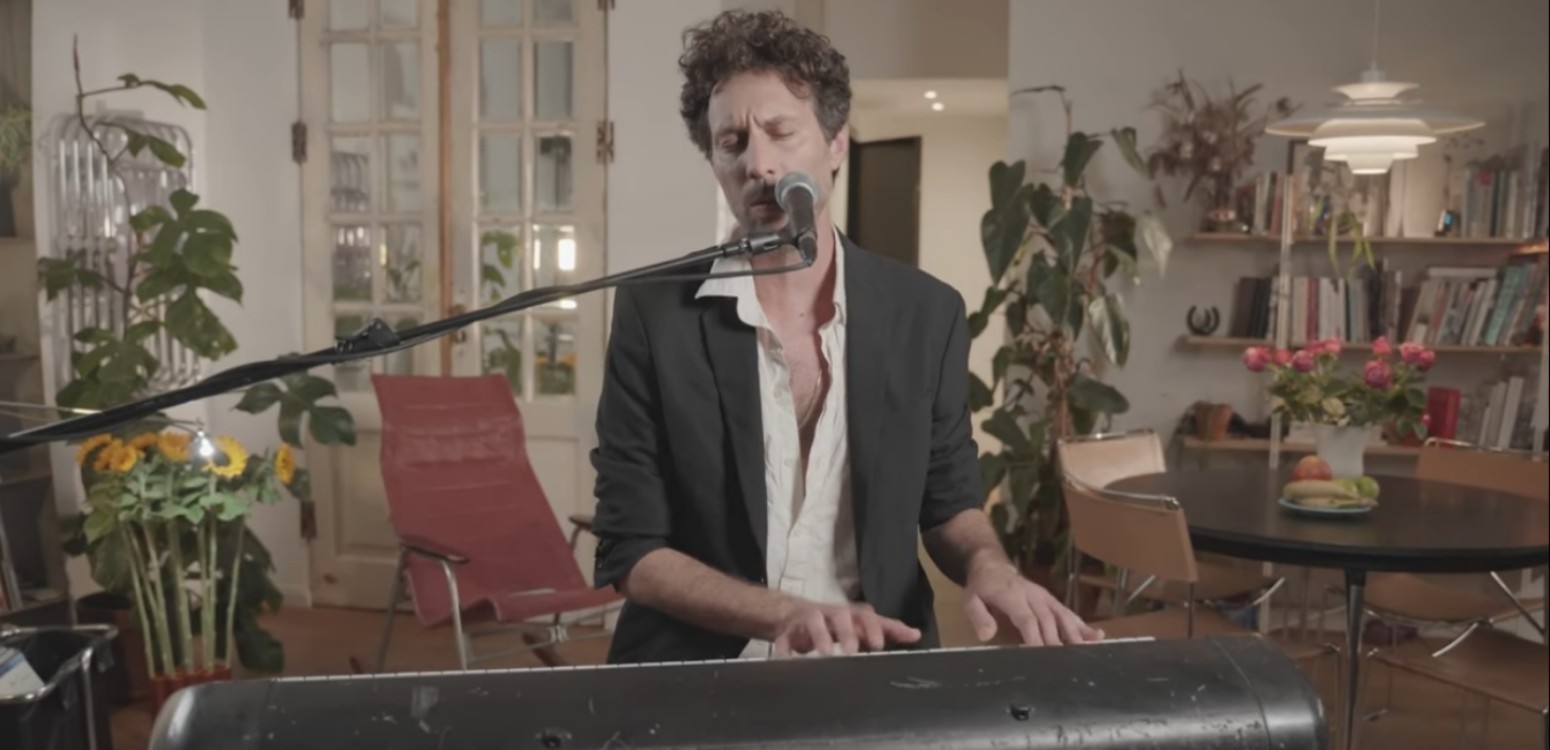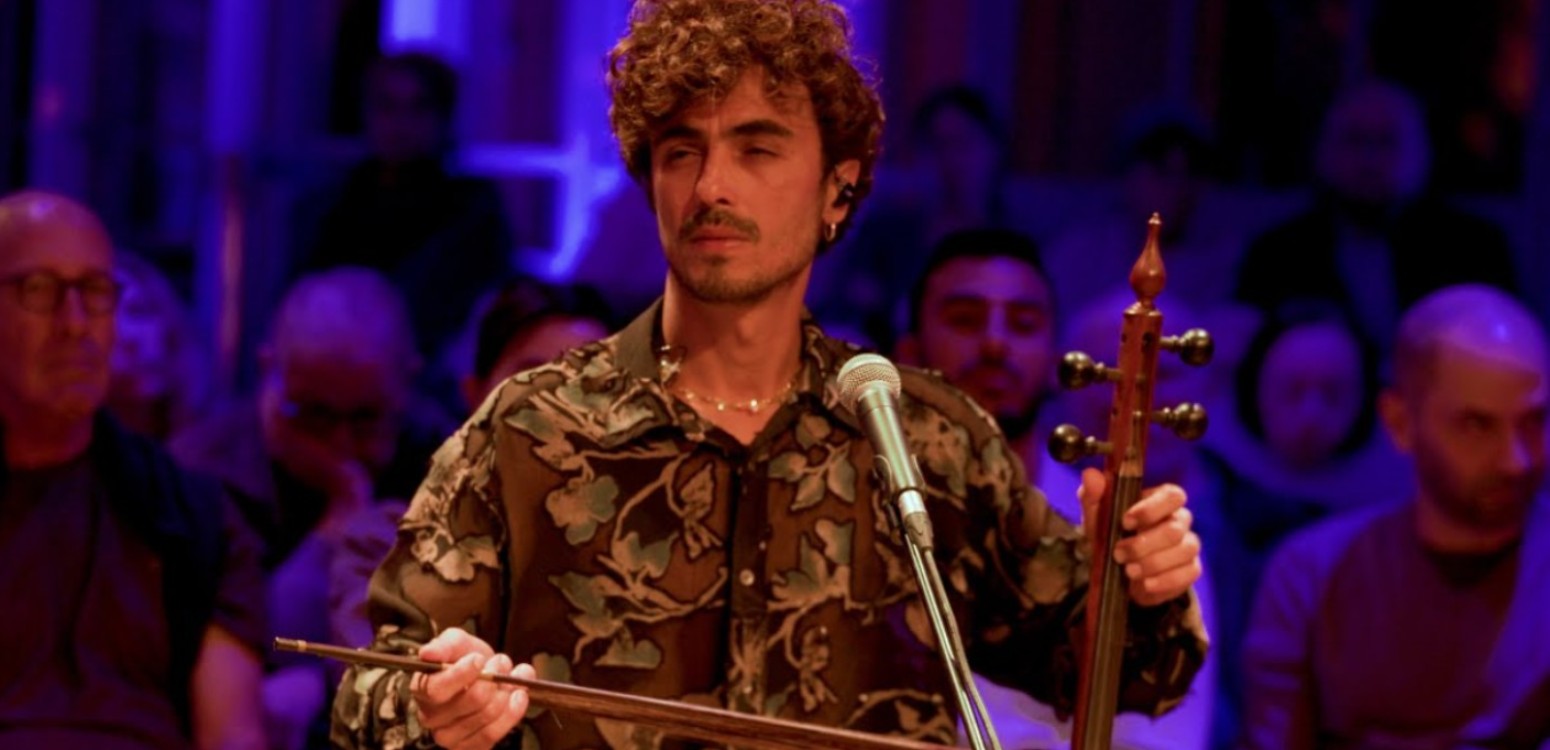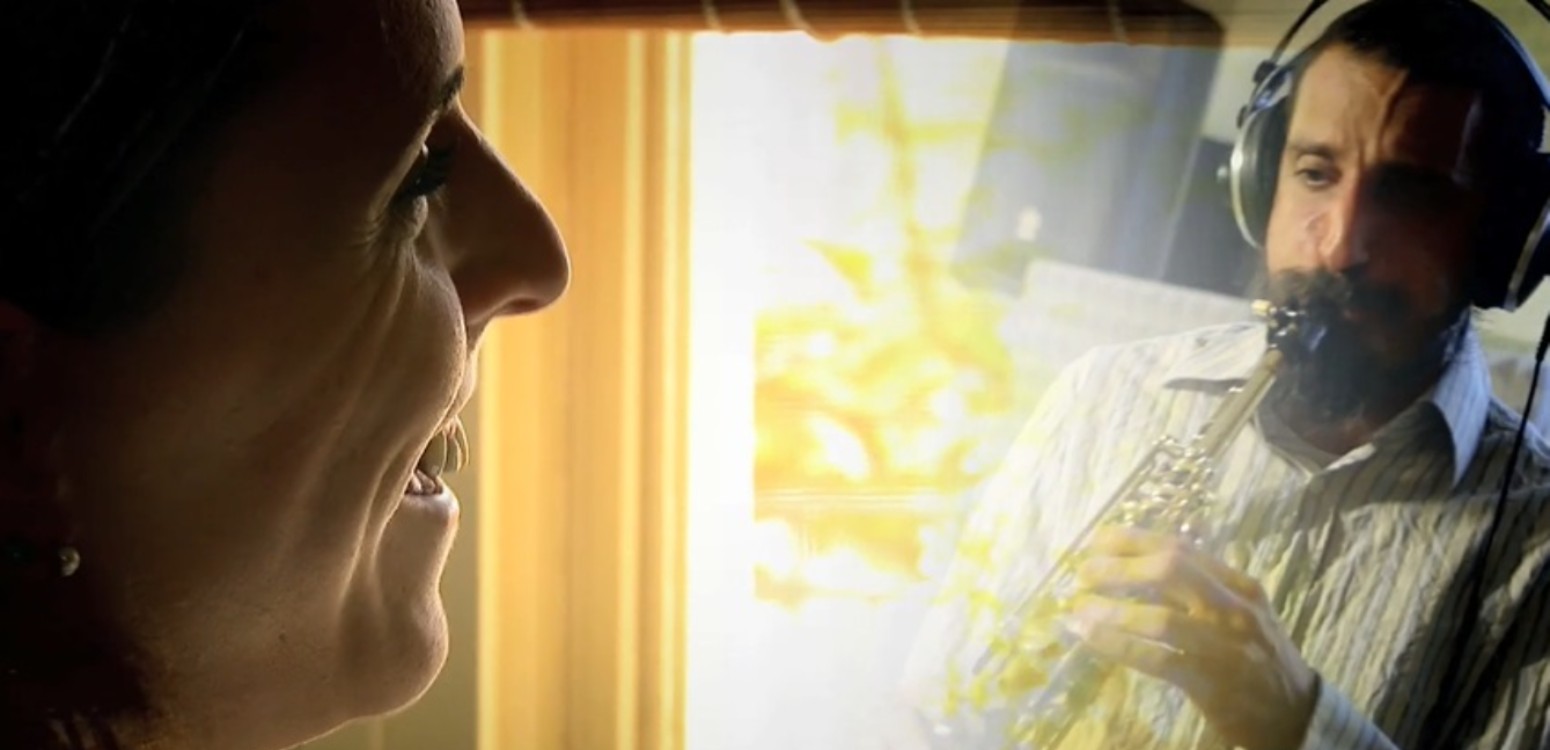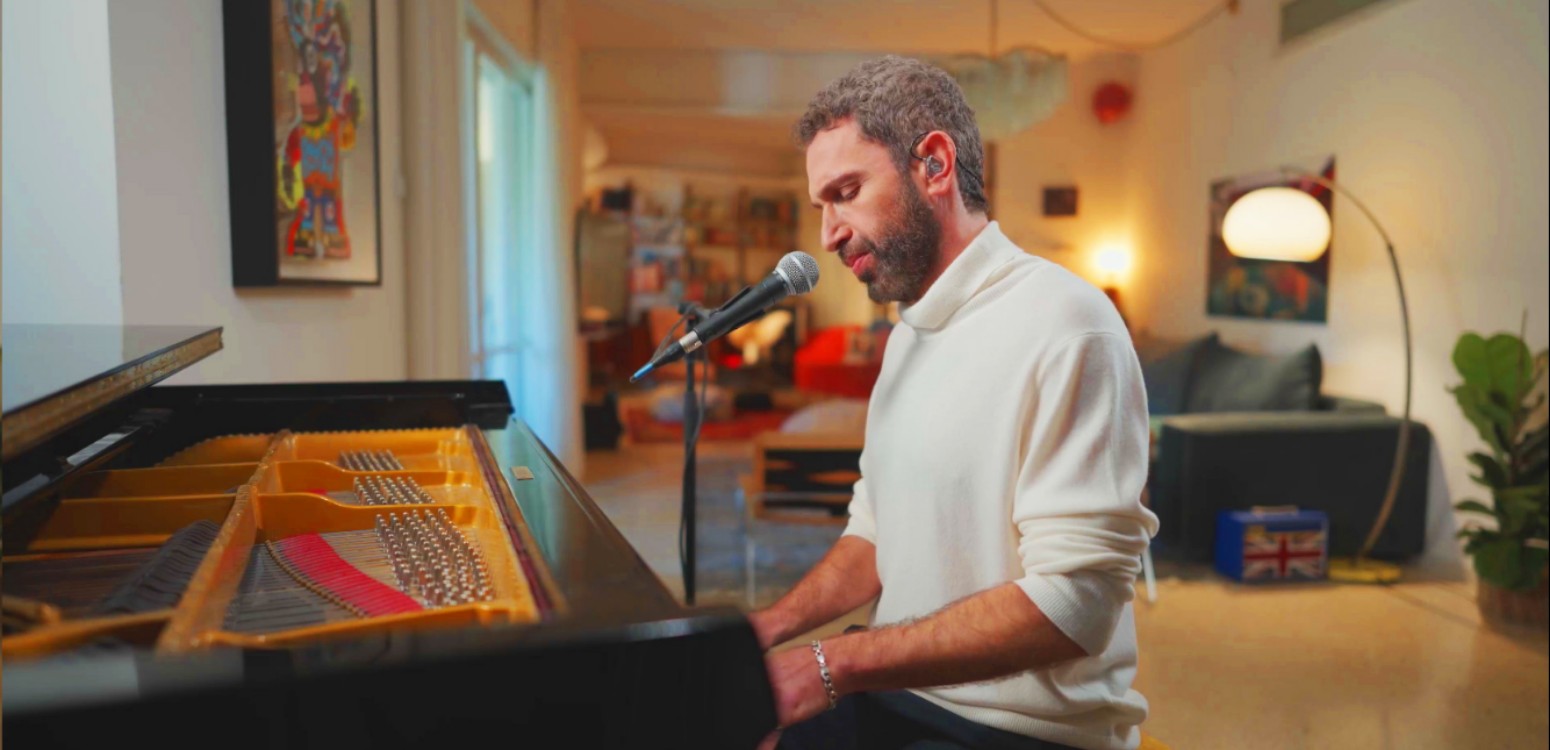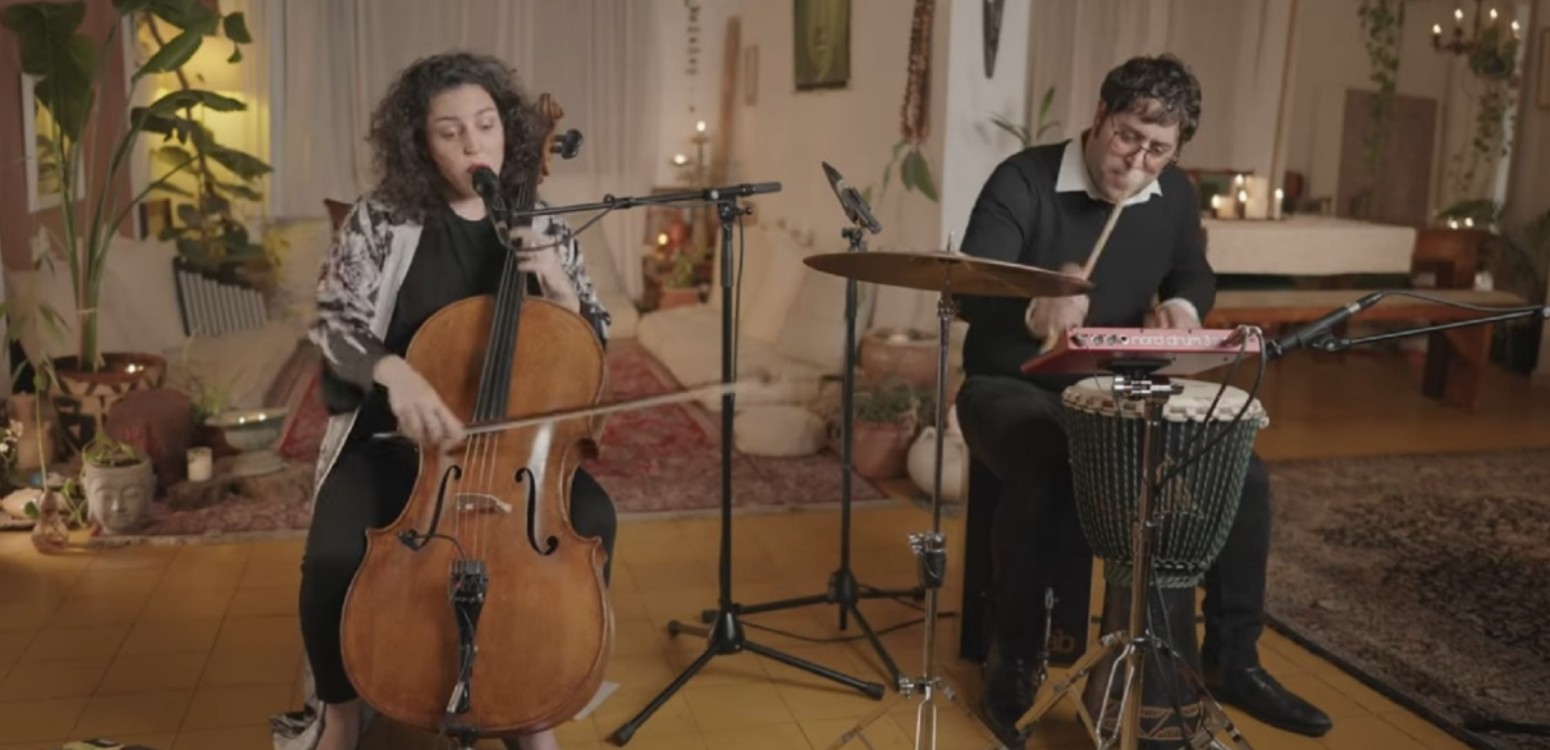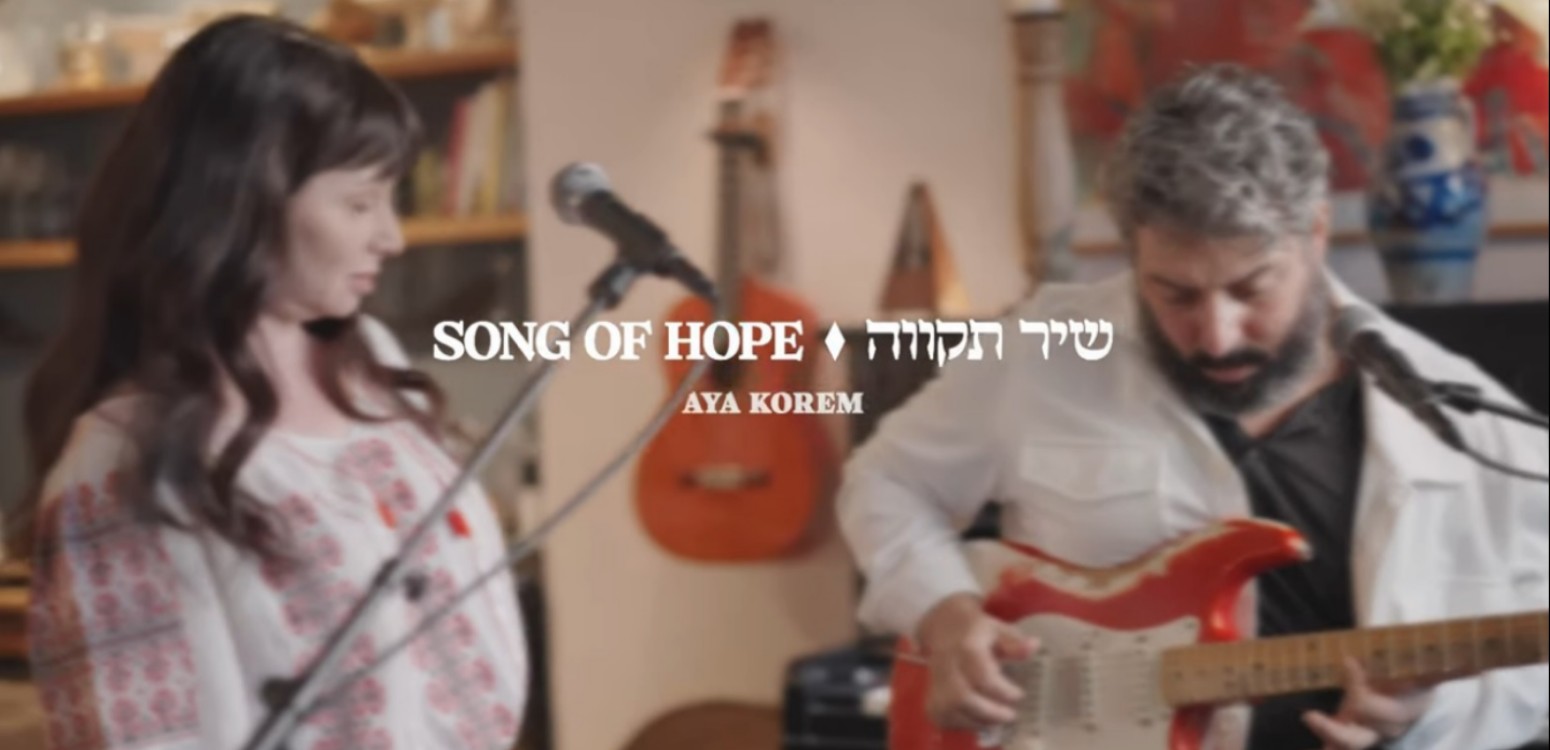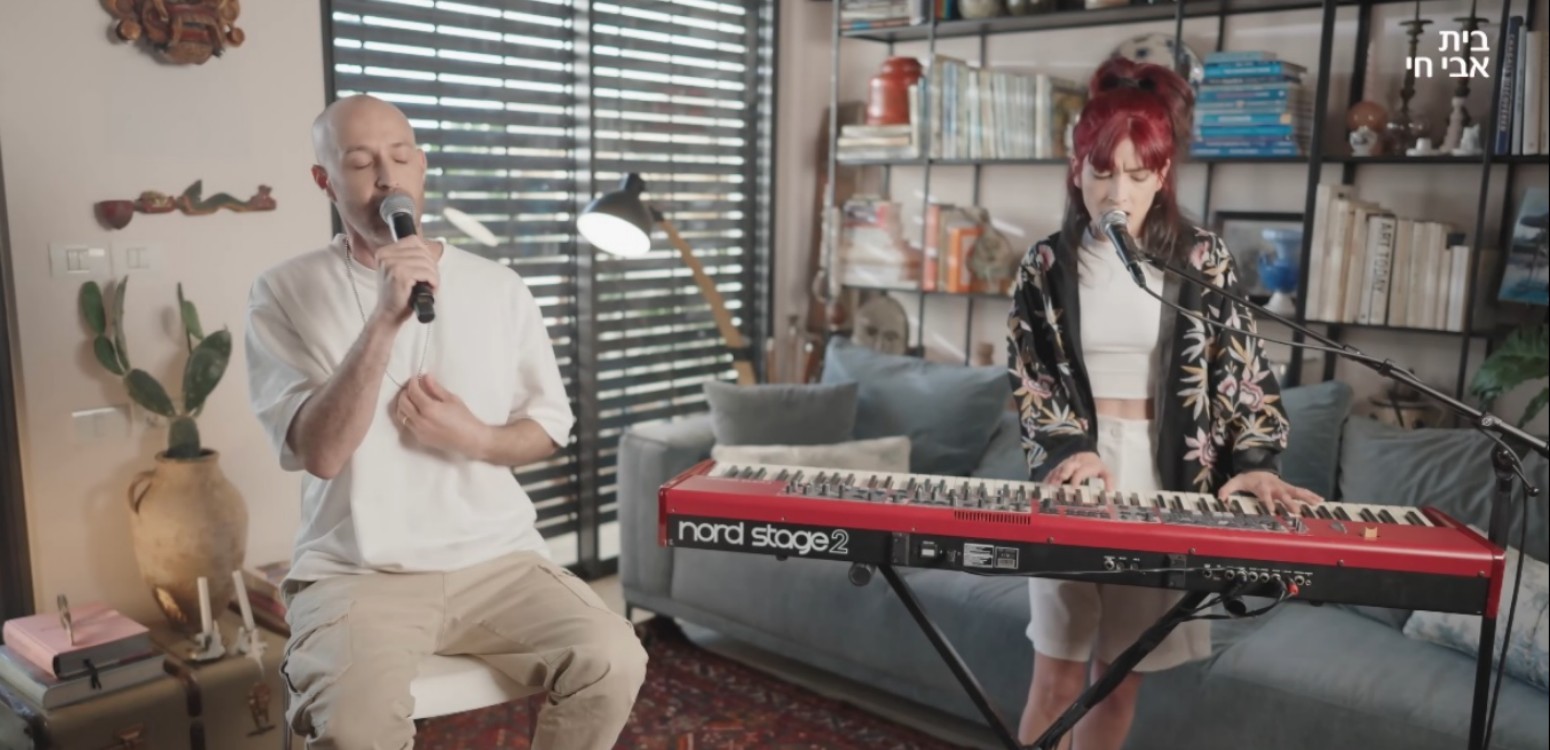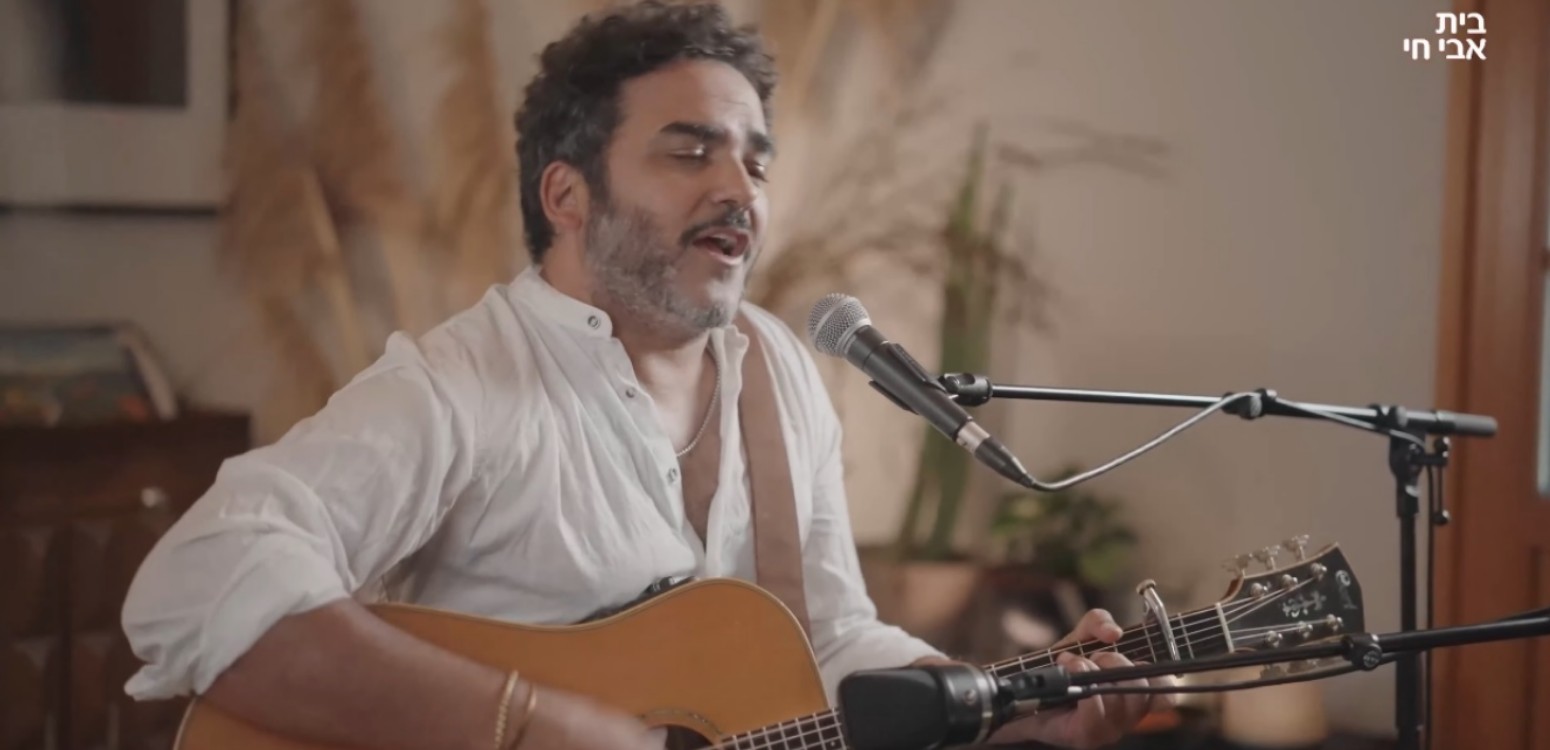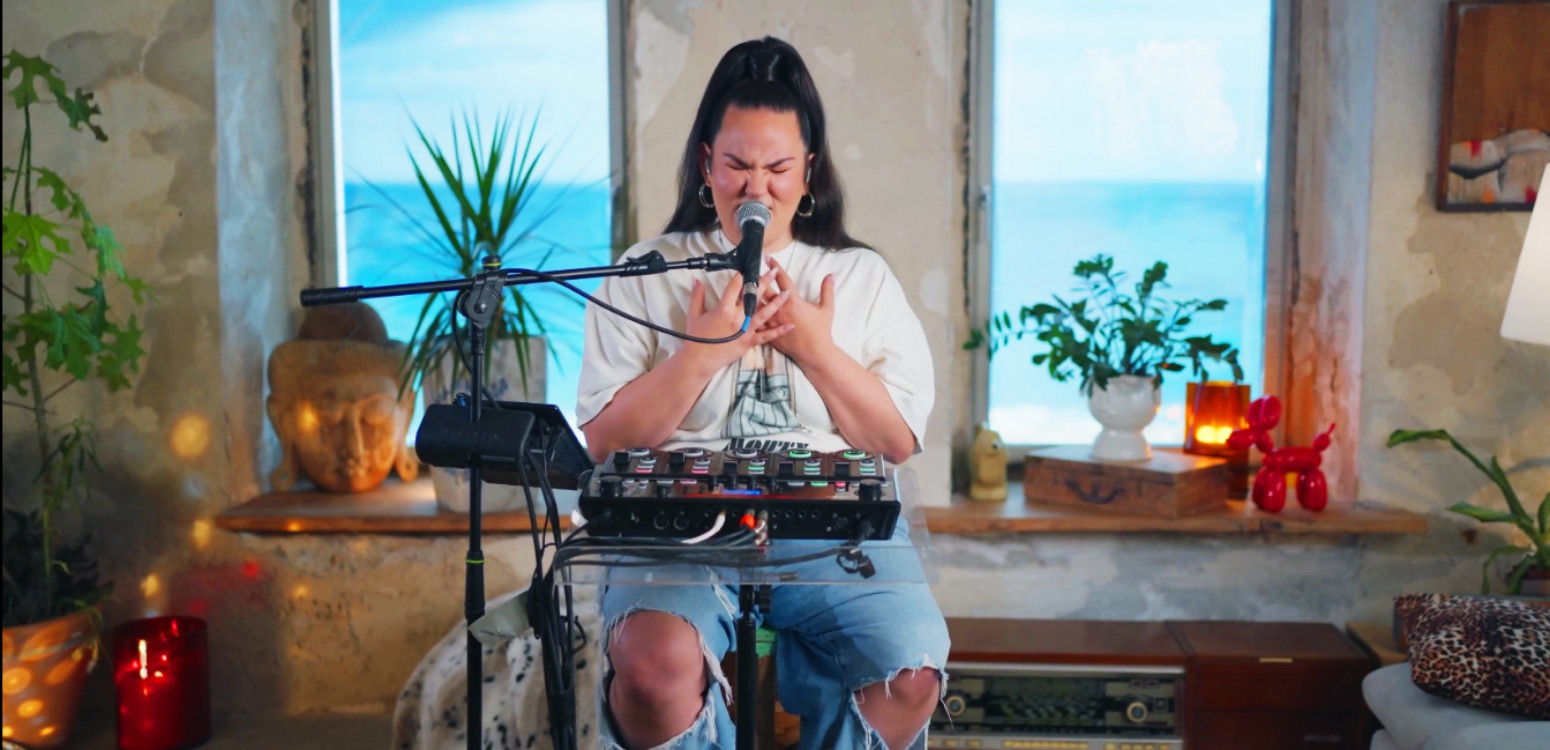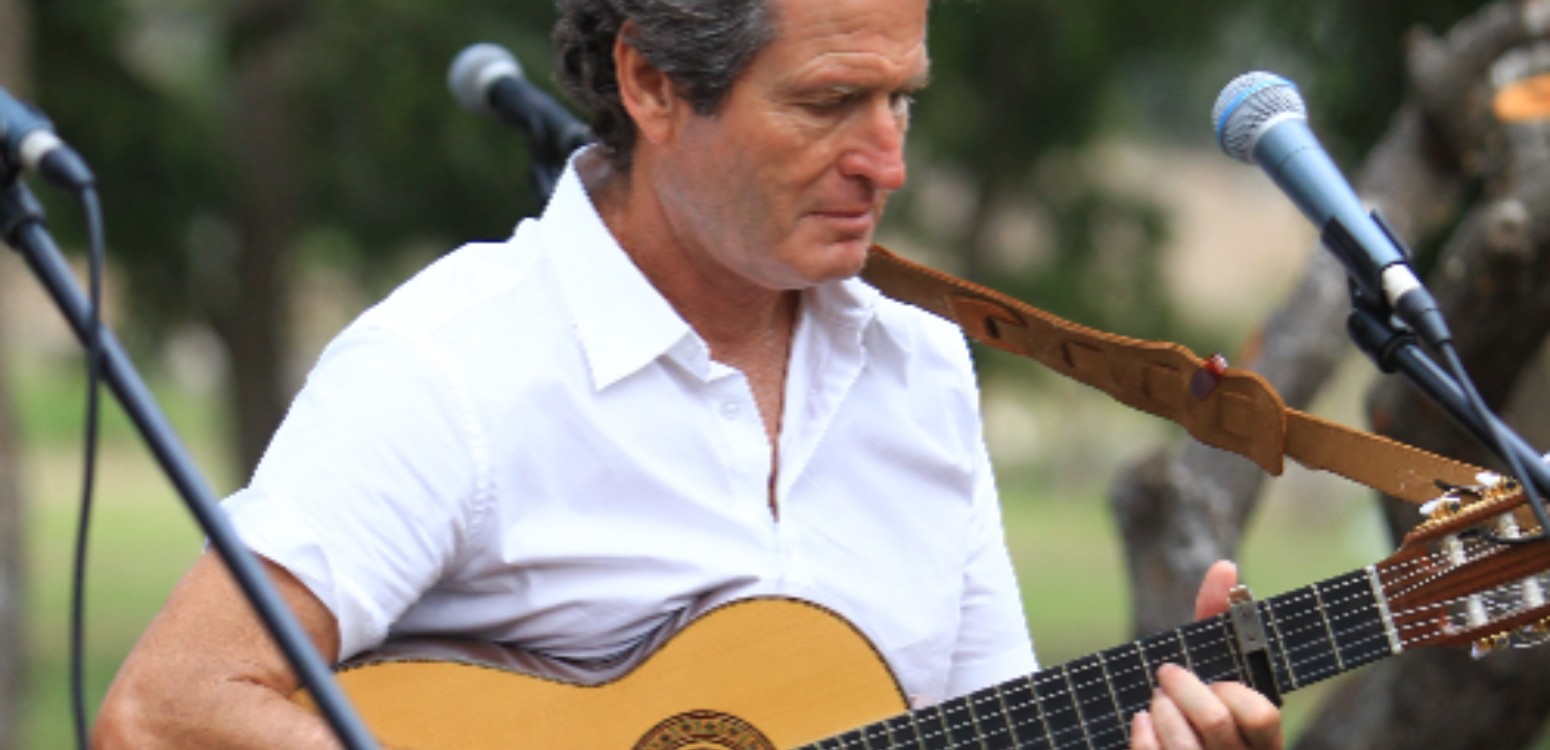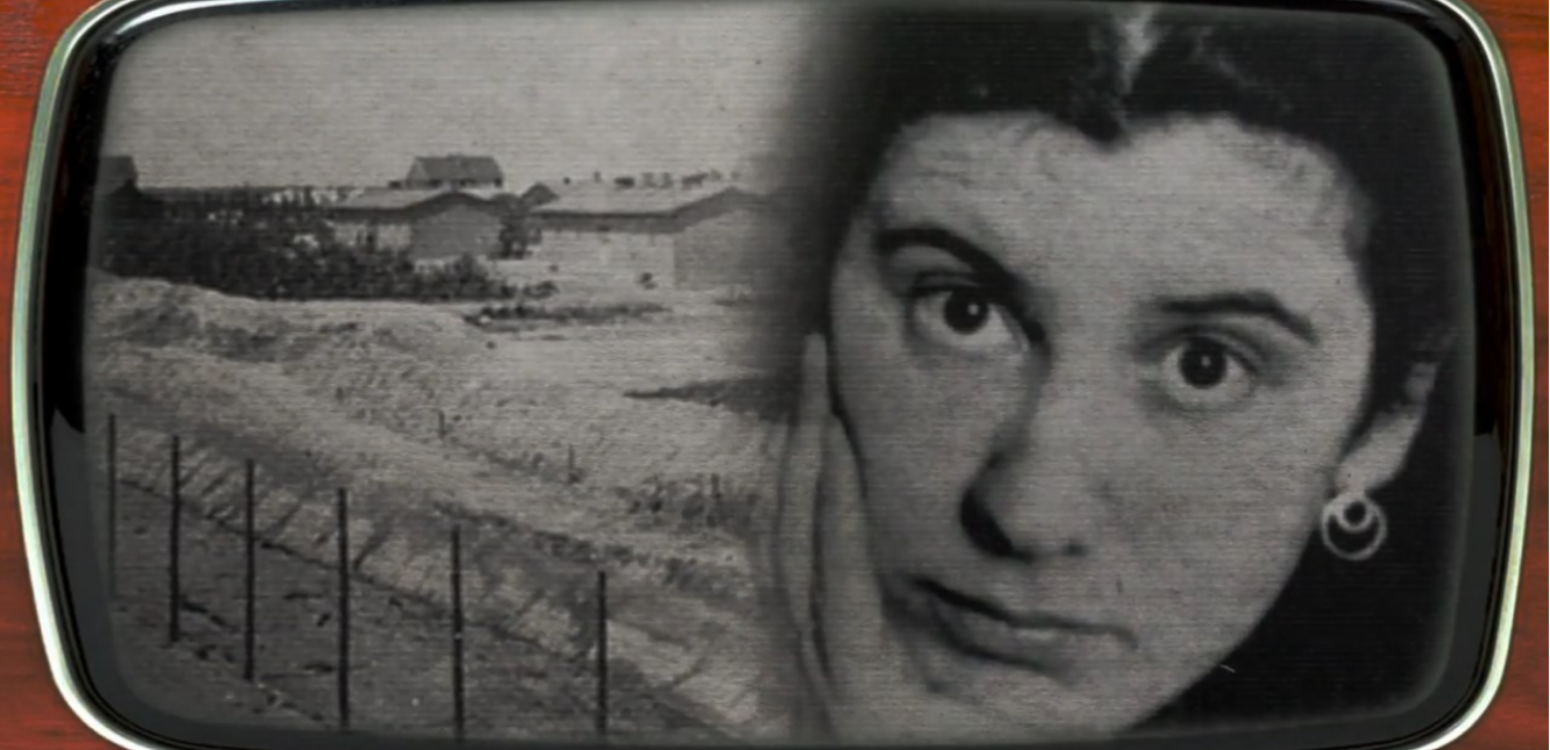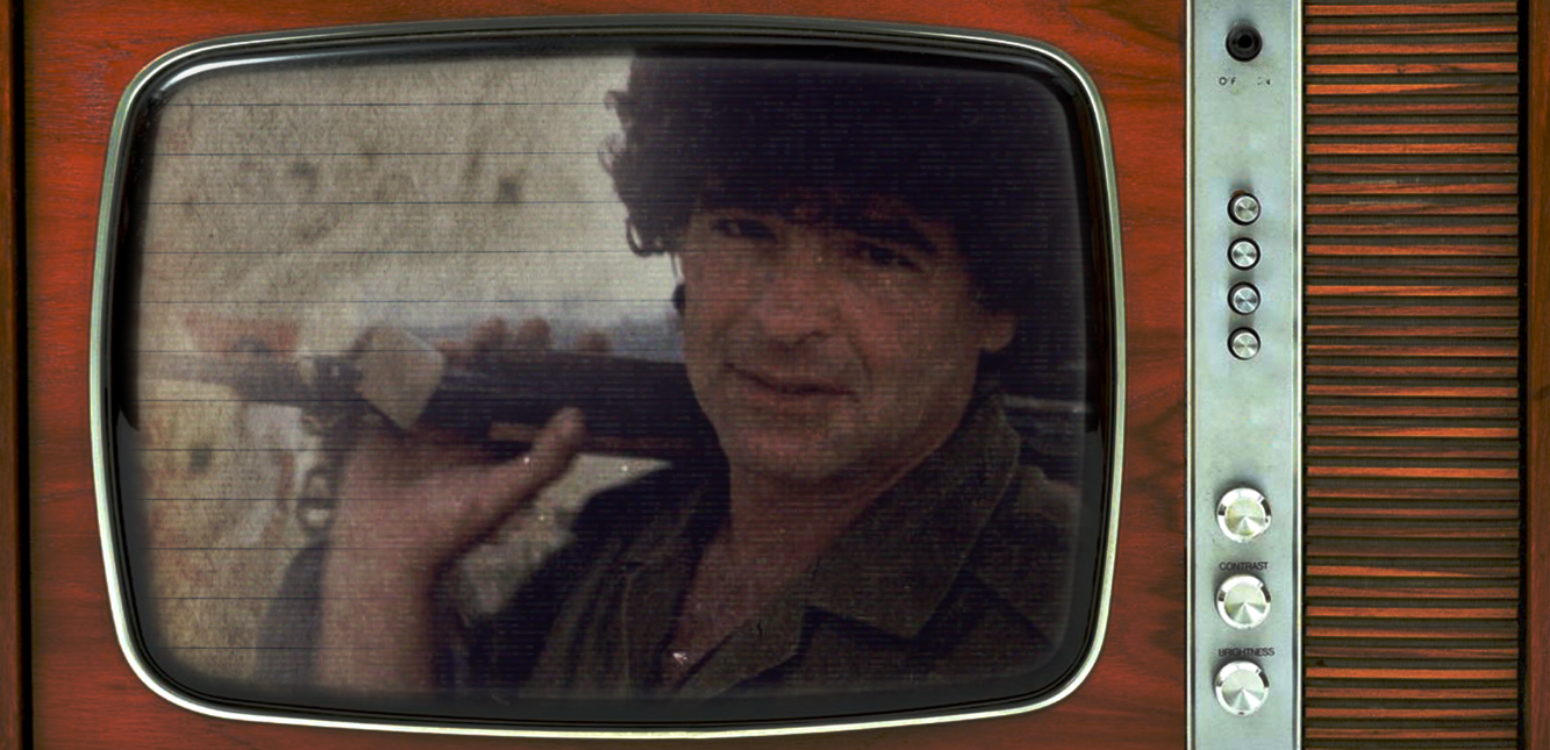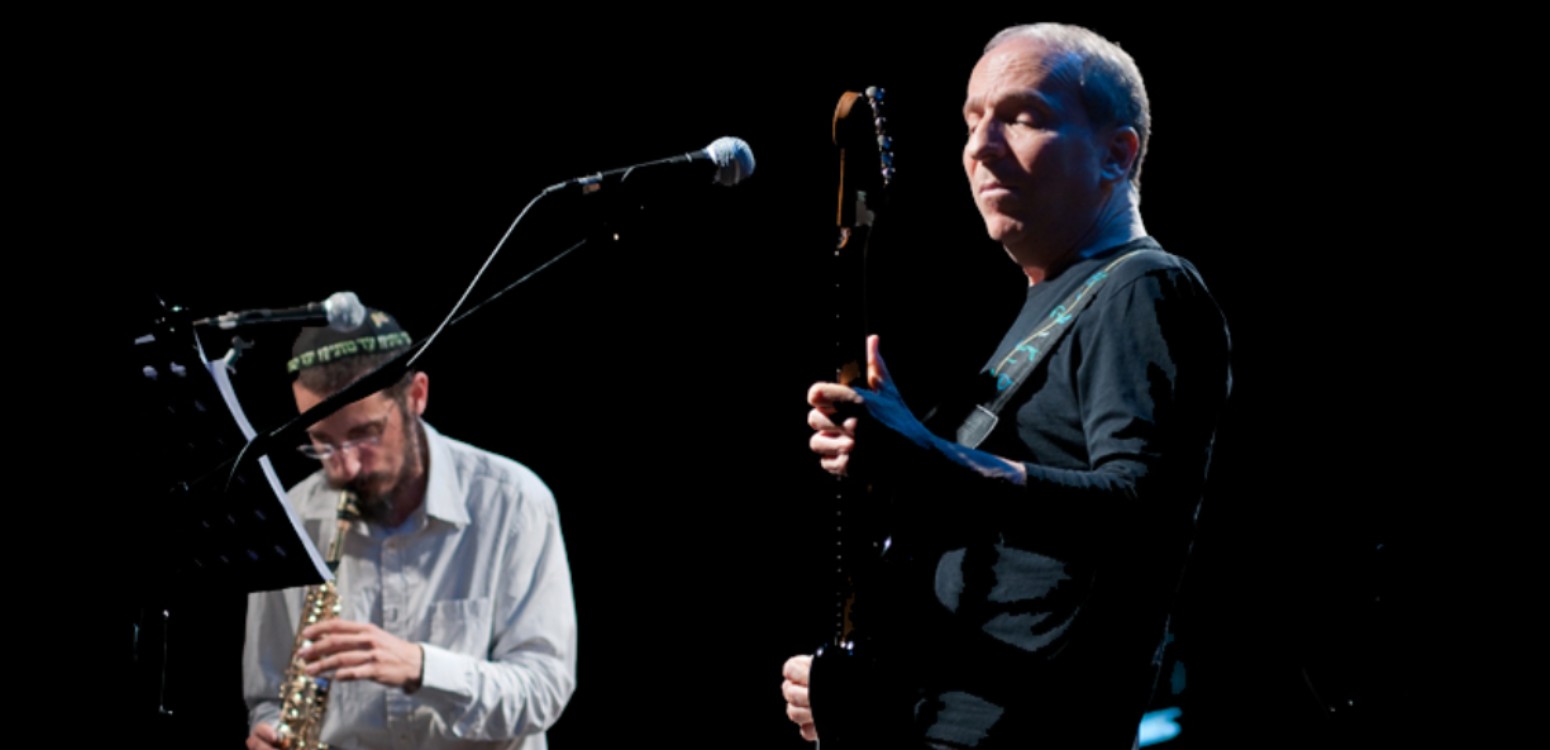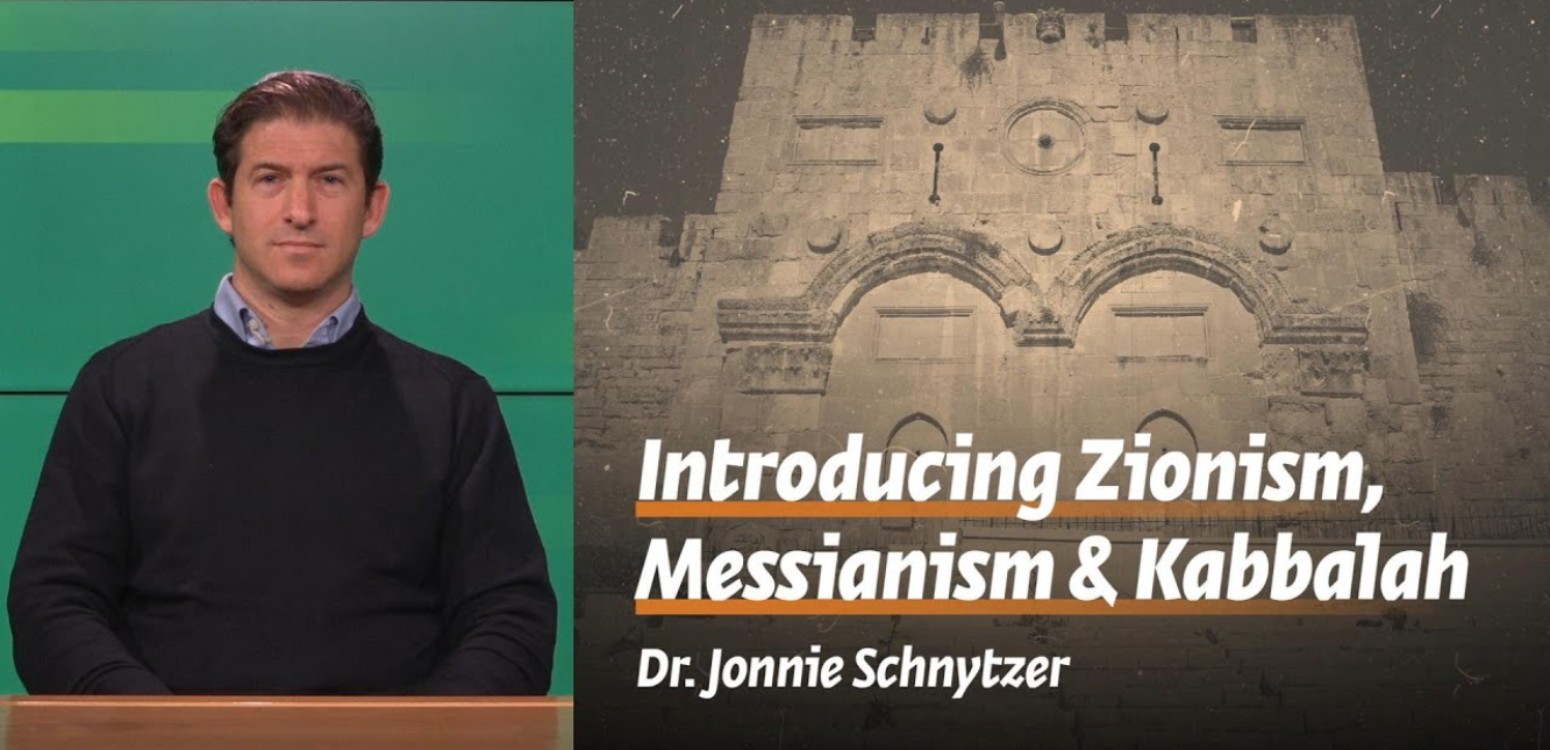
The Untold Story of How Women Found Their Place in the Zionist Project Through Growing Vegetables
When we talk about the history of Israeli agriculture, the spotlight usually shines on men—pioneers of innovation like Yitzhak Elazari Volcani, who revolutionized agricultural research, or Akiva Ettinger, who introduced bananas and avocados to Israel. Their achievements are remarkable, but to truly understand Israeli agriculture, we must also uncover the overlooked stories of the women who cultivated not just vegetables, but a new role for themselves in the Zionist project. Their work in the fields tells a parallel story of resilience, ingenuity, and the fight for gender equality.
Uninvited but Undeterred
Women were largely excluded from the major agricultural sectors of early Zionist settlements. They struggled to integrate into traditional farming roles like wheat cultivation, which required plowing with heavy oxen—a task deemed unsuitable for women. Their attempts were often dismissed as amusing curiosities. But while men dominated the “serious” agricultural branches, women found an unexpected ally: vegetables.
At the time, vegetable farming was considered insignificant—often labeled “the work of Arabs.” But for pioneering women, this overlooked field became an opportunity. What others dismissed, they embraced, seeing it as a path to independence and recognition.
The Birth of the “Maidens’ Farm”
In 1911, on the shores of the Sea of Galilee, a group of determined women gathered to chart a new course. Led by Dr. Hana Meisel, a passionate agronomist, they founded the "Maidens’ Farm"—a training ground for women in agriculture. There, they cultivated not just crops but a new identity, learning to hoe, weed, irrigate, and harvest.
Drawing from diverse sources—European experts, German Templers, Bedouins, and Arab farmers—they experimented with everything from German cabbages to locally adapted chickpeas. Their methods blended old and new: donkeys drawing water from wells, moonlight harvesting to prevent legume pods from bursting, and borrowed tractors from nearby colonies.
Wartime Cultivation and Survival
World War I disrupted these early efforts, but the women’s agricultural skills became critical amidst food shortages and social upheaval. They transformed every patch of land into productive vegetable plots, using makeshift fertilizers and simple tools. In desperate times, even modest harvests of tomatoes, radishes, and fava beans became lifelines.
Amid the chaos, these women also discovered the political, productive and therapeutic power of farming. In 1917, when distress and despair led many young women to suicide, the Conference of Working Women established vegetable-growing collectives as both a means of survival and a source of purpose. These all-female agricultural communes—nine in total—sprang up across the country, providing food, community, and a renewed sense of agency.
Sowing the Seeds of Change
After the war, the humble vegetable plots planted by women had done more than fill empty stomachs—they had shifted societal perceptions. In male-dominated farming groups, people began to ask, “What do you think about vegetables?”—a coded question about whether to include women. Slowly but surely, women were welcomed into agricultural communities, bringing with them not just hoes and seeds, but new ideas and crops.
Their contributions reshaped both the landscape and the agricultural map of the Yishuv. They established “house gardens” for local food supply and commercial plots that sold produce as far as Damascus and Lebanon. Training farms sprouted in Nahalat Yehuda, Giv’atayim, and Hadera, where young women learned advanced farming techniques, experimented with crops like avocados, and even played a role in early afforestation efforts under British rule.
A Legacy Rooted in the Soil
After Israel’s establishment, agriculture became more industrialized, and women were often pushed into domestic roles, their contributions in the fields fading from collective memory. But their legacy endures—hidden in the roots of every carrot, radish, and tomato. Without their determination, vision, and grit, Israel’s agricultural landscape and culinary and tradition—as well as its social fabric—would look very different.
Erela Taharlev Ben-Shachar is a historian of science and author of "The Magic Ladle: Women, Science, and Nutrition in the History of Israel" (Afik Books).
For more on Israeli agriculture, watch Man/Land, a new online series by Beit Avi Chai.
Main Photo:"Dawn" oil on canvas\ Wikipedia
Also at Beit Avi Chai

